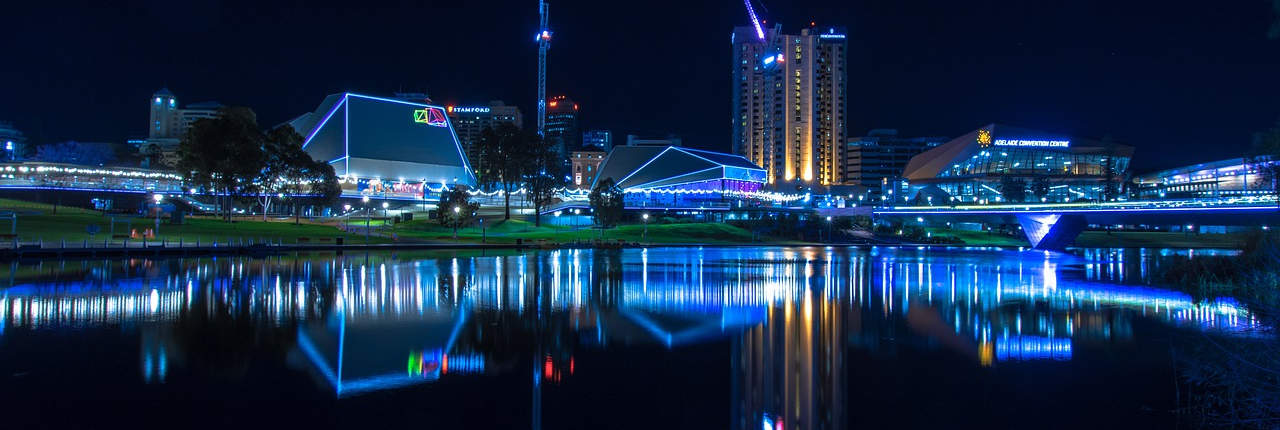Related: Staged Closure of the 408 Covid visa
Covid-19 (Coronavirus) has impacted immigration intake to Australia. Experts believe that a reduction in migration intake would have a crippling effect for Australia’s coronavirus recovery.
Scott Morrison announced that the government is expecting ‘quite significant falls’ in migration, being a 30 percent decrease in net migration this financial year from the 2018/19 totals, and an 85 percent decrease next financial year.
Australia’s net migration is calculated as the number of migrant arrivals minus the number of migrant departures in a financial year. These numbers include Australian Citizens, Permanent Residents, New Zealand Citizens and foreign nationals holding temporary Australian visas.
In 2020/21 the government anticipates an increase of just 36,000 people. This is a significant decline from the 2018-2019 year, when the Australian Bureau of Statistics reported that the country’s population grew by nearly 240,000. In fact Australia’s net migration figure has exceeded 180,000 every year since 2006. If Scott Morrison’s predictions are correct, Australia will experience the lowest population increase in more than 40 years.
The most significant contributor to Australian net migration in recent years has been temporary visa holders, which includes holders of temporary work visas, student visas, temporary graduate visas, working holiday visas and visitor visas.
In the most recent financial year, there were nearly 120,000 working holiday visa holders in Australia. These are international visitors with the right to travel and work in Australia.
In addition, nearly 140,000 individuals were employed in Australia on temporary employer sponsored visas. As employer sponsored visa holders are required to remain employed for their visa to remain valid and as these visa subclasses do not provide the visa holder with Medicare or unemployment benefits, it is fair to presume that each of these visa holders provide a net contribution to the Australian economy.
Temporary visa holders are at a significant disadvantage during the pandemic and associated lockdown. Although these visas generally entitle the visa holder to work rights while they are in Australia, employers are not permitted to claim Job Keeper benefits for their staff members who hold a temporary visa. Australian employers who are eligible to claim Job Keeper payments have a significant incentive to retain their Australian staff over temporary visa holders they employ.
Temporary visa holders are also not eligible for Job Seeker payments if they lose their job. Australia has a significant cost of living and few temporary visa holders will be able to meet their living costs in Australia without steady employment or financial assistance.
Temporary visa holders are less likely to have strong ties to Australia eg owning property or have family members who live permanently in Australia, and so are likely to return home if they have lost their job. A significant proportion of temporary visa holders are employed in the tourism, hospitality or agriculture sectors, which have been severely affected by the lockdown.
Impact on Economy
Prime Minister, Scott Morrison has cautioned that cuts to the skilled migration program would have adverse effects on the economy and communities. In Australia, there are approximately 2.1 million temporary visa holders and 1.78 million permanent residents. More than 25% of Australians were born overseas and nearly 50% of Australians have a parent born overseas. Thus, the positives contribution of our immigration policy cannot be ignored:
- Australia’s immigration policy has contributed to nearly 30 years of economic growth.
- We also have the second largest migrant workforce in the OECD.
- Migrants are taxpayers and consumers and they play a big role in the housing market.
- International students bring approximately $39 billion per year into the economy, making international education the fourth-largest industry in Australia.
- Experts predict that low migration level could also reduce the national income by $50 billion over this year and next.
Intake Forecast
The federal government has forecasted that migration intake will reduce by 85 percent due to the travel ban. Scott Morrison told reporters following the national cabinet meeting that “on the 2018-19 year for net overseas migration, we’re expecting just over a 30 per cent fall in 2019-20, the current financial year. And in 2020-21, an 85 per cent fall-off those 2018-19 levels as well.”
The current planning level for 2019-20 migration program is listed below. While it is unlikely that migration level would meet the 160,000 cap, Scott Morrison has indicated that after the global crisis has passed, he intends to maintain migration intake around 160,000 – 210,000 a year.
Planning the permanent Migration Program for 2020 (before the COVID-19 crisis)
Australia’s Migration Program settings are designed to ensure that migration is beneficial for the current and future economic and social development of Australia. The Migration Program is currently planned and managed annually, with the Program set at an annual planning ceiling of 160,000 places for four years from 2019-20.
The permanent Migration Program consists of these streams:
- Skill stream improves the productive capacity of the economy and fills skill shortages in the labour market, including those in regional
- Family stream allows Australian citizens and permanent residents to reunite with close family members, including partners, and certain dependent
- Special Eligibility stream provides visas for those in special circumstances that are not provided for in other streams, including former residents, and visas granted under Ministerial
- Child category allows parents to sponsor their child who is outside Australia to come to Australia.
Migration Program 2019-20 Planning Ceilings
|
Category |
2019–20
Planning Ceilings |
| Skill Stream | |
| Employer Sponsored | 30,000 |
| Skilled Independent | 16,652 |
| State/Territory Nominated | 24,968 |
| Regional Category
Skilled – Employer Sponsored Regional- 494 visa Skilled – Work Regional- 491 visa |
25,000 |
| Business Innovation and Investment Program | 6,862 |
| Global Talent Program | 5,000 |
| Distinguished Talent | 200 |
| Skill Total | 108,682 |
| Family Stream | |
| Partner | 39,799 |
| Parent | 7,371 |
| Other Family | 562 |
| Family total | 47,732 |
| Special Eligibility | 236 |
| Total Migration Program | 156,650 |
| Child (outside the Migration Program ceiling) | 3,350 |
| Total permanent migration places | 160,000 |
Scott Morrison has revealed a national three-stage plan out of coronavirus. We may expect to see travel exemption to international students as early as July 2020. While the specifics of the exemptions have not been announced, the government will be working with institutions to come up with a plan.
Australian Migration Intake in the COVID-19 era
To see the impacts of the Covid-19 on Australia’s immigration intake, we have summarised some of the numbers for you:
- Approximately 300,000 temporary visa holders have already left Australia since January 2020.
- Australia’s 2019- 20 migration program will fall short of the 160,000 caps put in place by the federal government. It has been suggested that around 240,000 fewer people could migrate to Australia over the next year.
- In December 2019, there were 2.43 million temporary visa holders in Australia. This has dropped to 2.17 million in early April.
- With border closures, the federal government predicts that net migration to fall to 36,000 in 2020-21.
- The number of invitations issued for SC 189 visa fell from 1,750 to 50 in the last invitation round (11 April 2020).
- Similarly, the number of invitations issued for the SC 491 visa fell from 300 to 50 in the last invitation round (11 April 2020)
If you would like a comprehensive consultation which includes assessing you for other temporary and permanent visa options (Skilled visas, Employer Sponsored, Partner, etc.) as well, we recommend our standard 45 minute to 1 hour consultation which can be scheduled here:
https://visaenvoy.as.me/video (45 min- $160)








Upcoming Immigration Changes 2026
New 4-Tier Invitation System for 189 Visa
Australian Immi App for Biometrics
Remote Work and Travel Now Clearer for 491, 494 and 489 Regional Visa Holders
New 186 TRT Rule Adversely Impacts Medical Practitioners’ PR Pathway